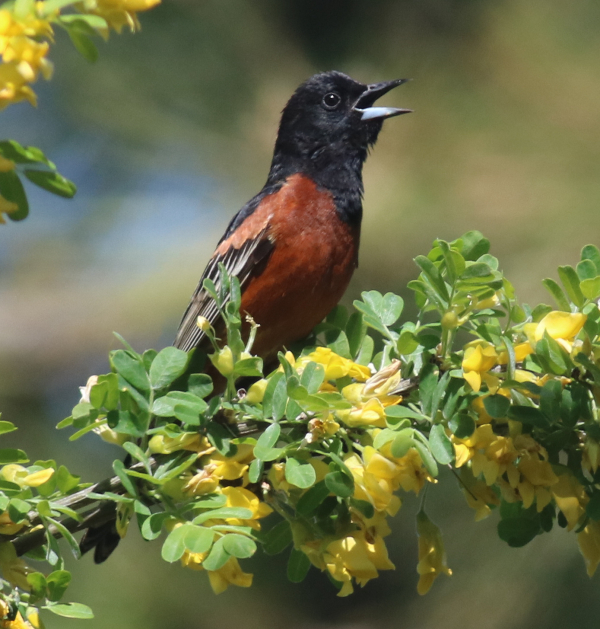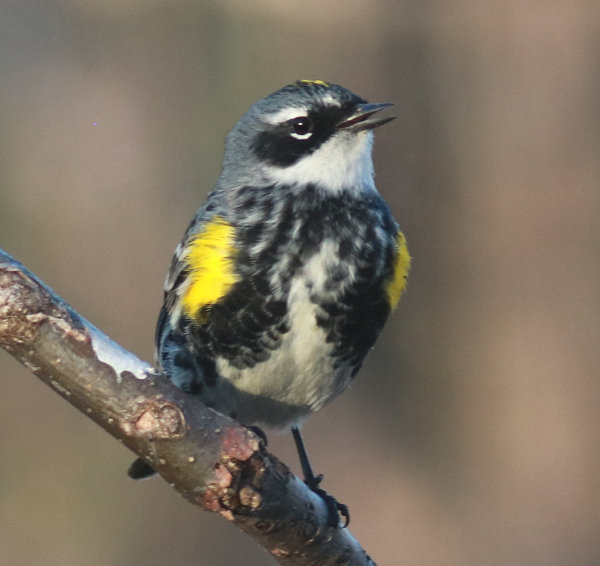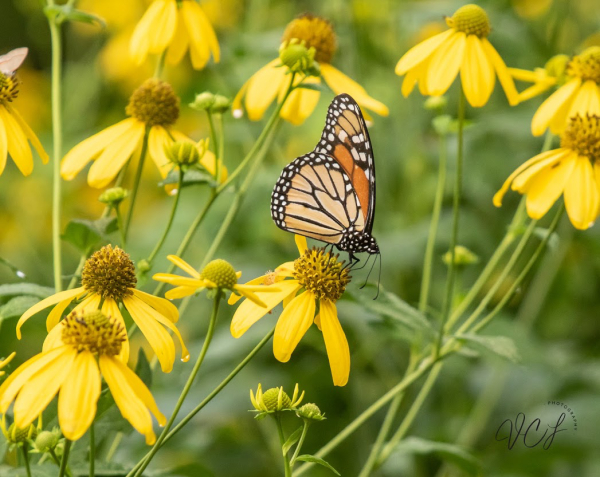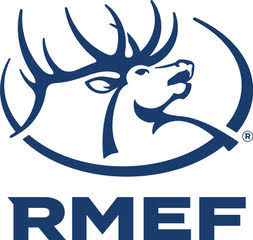By Glen Wunderlich
Charter Member Professional Outdoor Media Association (POMA)
Last deer season was one of the best I’ve ever experienced for deer hunting. It didn’t have anything to do with filling the freezer, either, although that part of the chase has its nutritional rewards. It was the mere spectacle of owning a ring-side seat to the herd’s movements and interactions. Adult bucks, yearlings, does and fawns were the actors in a show that perpetuated itself with predictable sequels on a daily basis. And, the drawing card was a food plot of clover, alfalfa, chicory and birdsfoot trefoil – all main ingredients of attraction.

Healthy Spring Clover
Each afternoon session in any one of several blinds overlooking the field was as if Ground Hog Day was being shown on the largest screen in the world. The previews would display the youngsters that always garnered the spotlight before the stars entered the stage. The little ones were always stealing the show with their energetic antics, followed closely by their watchful mothers, who diligently monitored their surroundings in search of threats.
This perennial food plot has the proper ingredients to compel whitetails to come out of hiding to gorge themselves on the most nutritious forage available in the area; it was like clockwork. Even though a small plot of brassicas was part of the available food, it wasn’t much of a draw.
The only rational reason for the preference is that deer will choose the forage that they need. But, why plant turnips when deer don’t seem to prefer them? The simple answer would point to weather conditions.
When ice and snow cover the ground, that clover and alfalfa is difficult, if not impossible to reach – even with the most prolific digging action. It appears as though the deer have their own brand of snowblowers as the snow is viciously scattered into the wind in search of some greenery. Ah, but those turnips are largely above ground and being the size of softballs, they are easier to eat. In addition, they have a more appealing taste of sweetness after the cold sets in. Oh, sure, the whitetails love the luscious green leaves of the brassicas, but the plants’ foliage gets gobbled up before long.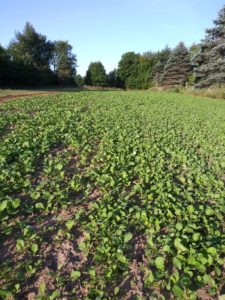
The strategy in food plot management has to be to offer a smorgasbord of nutrition for the various scenarios that unfold with changing weather conditions. Since nobody has yet to predict the severity of our winters, we would be wise to plan for the worst by planting a mixture of food plots.

Michigan Archery Whitetail
The interesting thing about the clover and alfalfa (legume) food plot I hunt is that it has been in existence for many years with little maintenance – unlike that of the annual plots that require much more effort and expense yearly. No doubt, that grasses become part of the mix eventually, but deer will search out the good stuff from the bad. Although fertilizer will sweeten and invigorate the legumes, it’s proved not to be essential in my observation of what has transpired over the years. The plot described does get frequent mowing and that seems to produce the most bang for bucks, because alfalfa is more attractive to deer when less than 10 inches tall; if the plot gets taller, mow it to 4-6 inches. It is not recommended let your alfalfa get several feet tall and then mow it short, because cuttings will pile up, resulting in dead or diseased plants under the clippings.
If you have large plots, you may consider having the plot mowed and baled by local farmers who know it is best to mow plots before a majority of plants produce flowers.
Variety is the not only the spice of life for wildlife, it’s a necessity.
